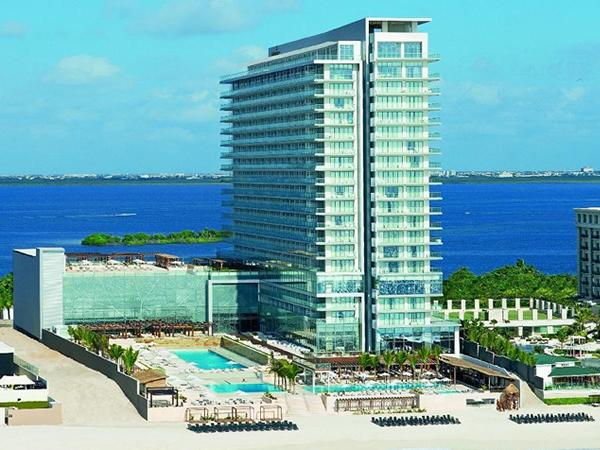
Date: 19 July 2017
As a result of the test series Trosifol recommends – depending on the scope of application – Trosifol® UltraClear High Adhesion or SentryGlas®.
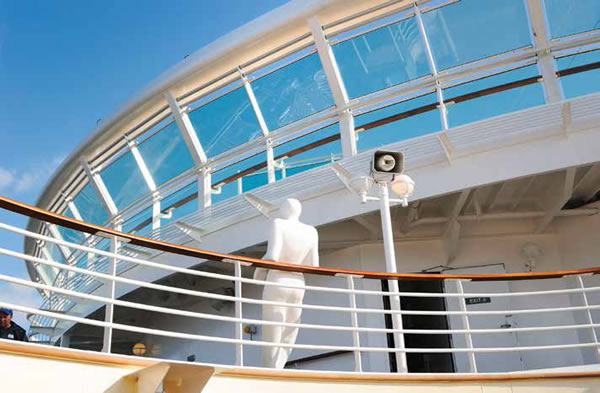
The adoption of laminated glass as a structural material in architecture is growing almost exponentially, as architects, designers and engineers are beginning to realise the added potential offered by modern interlayers.
Traditionally adopted for its aesthetics, materials such as Trosifol PVBs and SentryGlas® ionoplast interlayers, have significantly expanded the applications for glass, especially where support needs to be minimal or postbreakage safety is a concern.
However, with this expanded uptake in newer, more demanding applications, additional testing has to take place to create the peace of mind that architectural glazed panels can endure the same environmental conditions as the structural elements surrounding or supporting them.
It therefore makes sense that if the metal components are subject to rigorous testing then the glazed elements should be, too.
One avenue of testing is measuring the adverse effect of environmental conditions, especially in salt-laden coastal applications. The salt spray test is one of the most widespread and long established corrosion tests.
ASTM B117 Standard Practice for Operating Salt Spray (Fog) Apparatus was the first internationally recognized salt spray standard, originally published in 1939.
Other standards, including the American Architectural Manufacturers Association standard AAMA 2604-05, requires all coated architectural metal components to demonstrate corrosion resistance through a Salt Spray Test for 3,000 hours exposure.
In addition, the Centre for Window and Cladding Technology CWCT-Guidelines in the UK recommends the use of salt water proof materials up to 50 miles from the coast line.
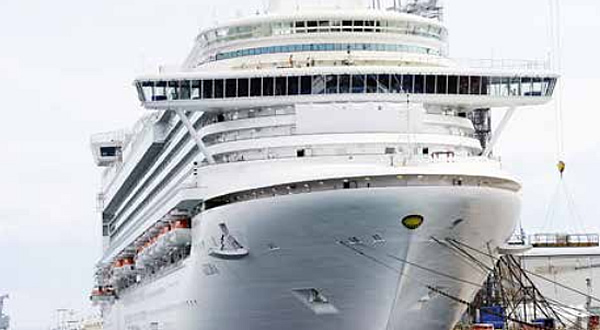
If we were to apply this test to glass on its own, we would not see any adverse effects; with glass being a relatively inert material. However, this may not be the case for the interlayers, especially if they are deployed in open-edge laminated panels.
Rajan Govind, Director of BES Façade Consultants, India, has a very strong argument to this regard: “When we talk about glass railings as a complete system in a balcony, it’s not only the metal but glass as well – both are subjected to exactly same conditions. If the glass panel develops any visual defects in such applications, it would be an awful experience for the owner of any luxurious condominium in Mumbai or anywhere else. So, why should glass not be tested too?”
With this in mind, and as part of its ongoing product development activities, engineers at Trosifol recently commissioned rigorous salt spray testing of a variety of laminated glass samples at a TÜV SÜD laboratory in Singapore.
The 150 x 100 mm (5.9 x 3.9 in) panels comprised two 3 mm (0.12 in) annealed glass panes sandwiching a 1.52 mm (60 mil) interlayer.
The interlayers being tested were Trosifol® Clear Low Adhesion (former Trosifol® BG R10), Trosifol® UltraClear High Adhesion (former Trosifol® BG R20), Trosifol® Extra Stiff and SentryGlas®.
Test Conditions
Concentration of Salt Solution: 5±1 % w/w NaCl
S.G of Condensate: 1.029 – 1.033
pH of Condensate: 6.5-6.9
Volume of Condensate: 1.0-2.0 ml/hr/80 cm2
Test Chamber Temperature: 35±2°C
Position of Glass Panel: I nclined 15° from vertical
Exposure Time: 3,000 hours
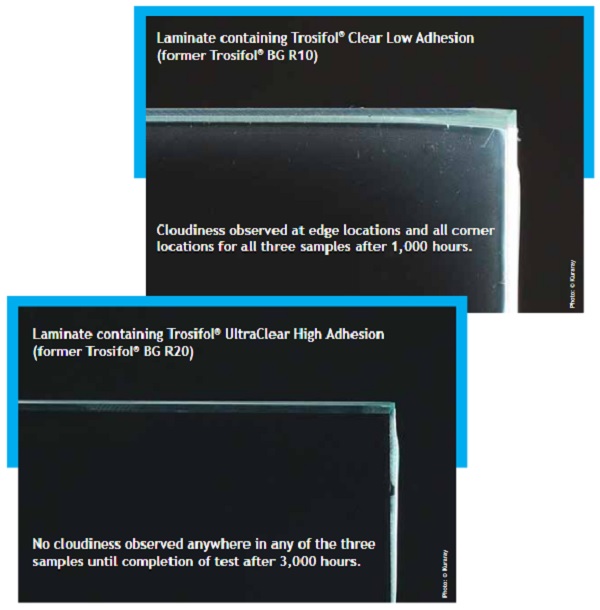
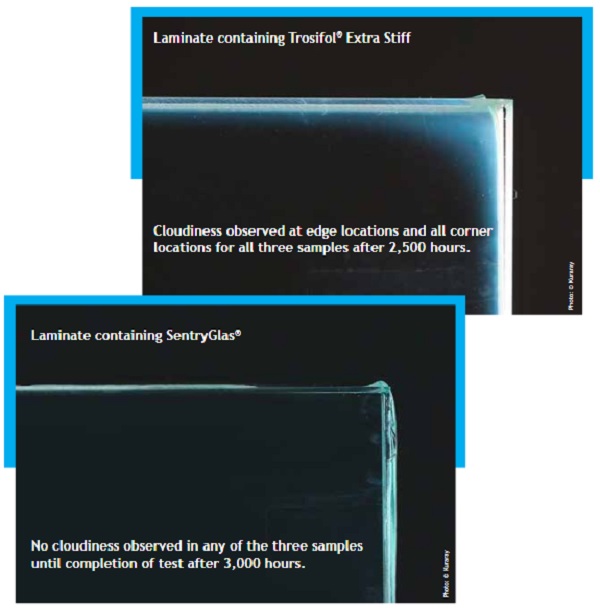
Four glass panels with ground edges were made for each sample type at Trosifol’s laboratory in Troisdorf, Germany. Three samples from each sample type were randomly selected for the test, with the fourth being kept for reference.
All the glass panels were exposed to salt fog environment in accordance with the following test method and test conditions. Each glass panel was then visually assessed at 500 hour test intervals for any kind of edge defect e.g. delamination, cloudiness, bubbles, etc.
At the first 500 hour interval, none of the samples exhibited any ill effects from the salt spray. After 1,000 hours, Trosifol® Clear Low Adhesion started exhibiting cloudiness at its edges whilst Trosifol® Extra Stiff only started to get affected at the corners after 2,500 hours.
The samples made with Trosifol® UltraClear High Adhesion and SentryGlas® interlayers exhibited no defects at all. The salt spray test – especially on laminated panels with exposed edges – is incredibly harsh, but Trosifol feels it is important to assess products for their suitability.
To put it into perspective, it should be mentioned here, that all four interlayers easily meet the ISO 12543 testing requirements, which include a two week damp-heat testing and a 100 °C bake test.
As a result of the testing regimen, Trosifol is recommending its Trosifol® UltraClear High Adhesion PVB interlayer for laminated glass applications with exposed edges to the environment, due to its high edge stability.
For structural applications, such as balustrades, point-fixed façades, canopies, etc., with exposed edges in a coastal environment and, critically, where post-breakage strength is also vital, SentryGlas® is the recommended interlayer for its high edge stability and stiffness.
Rajan Govind adds his thoughts: “I have seen a lot of delamination, especially in railing applications where the edges are exposed, so this type of testing is vital to ensure the long-lasting aesthetic and functional characteristics of laminated panels. Applications of laminated glass are increasing in the façade industry, helped in part by mandates and local legislation. We have been using these materials for 10 years and the future looks promising for a range of different applications. From my perspective, the next step will be some form of warranty based not only on the interlayer material, but also the capabilities and assuredness of the laminators applying it. In my mind, this will open up the application base significantly.”
As glass starts to see increasing rates of uptake as a structural material, it makes sense that it should face the same testing regimens as the structures around it.
These tests may be a little harsh for laminates, but it is vital to ensure that they can perform in the same conditions – delivering the same structural and aesthetic capabilities for which they were originally specified.
Constant testing and product development is normal at Trosifol, as it continues to seek and offer its customers even more peace of mind when it comes to choosing and applying the world’s leading PVB and ionoplast interlayers.
 600450
600450

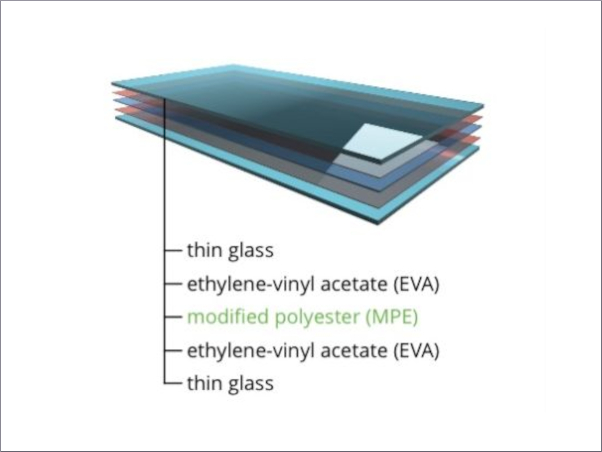
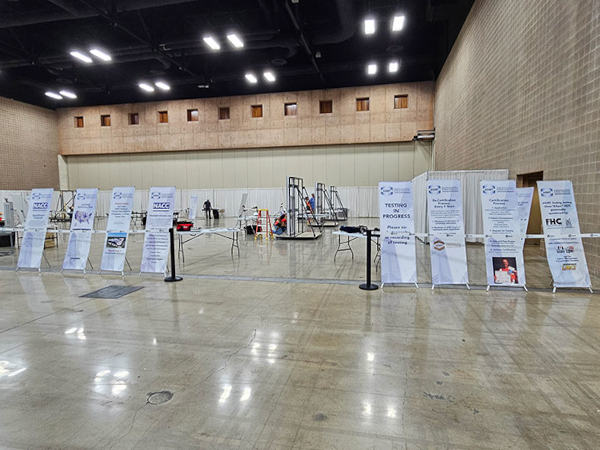

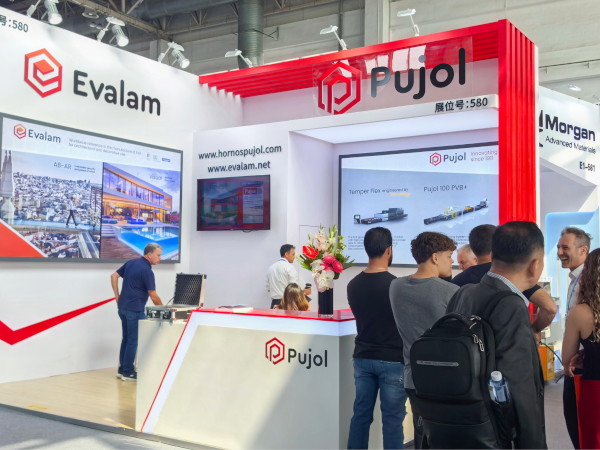
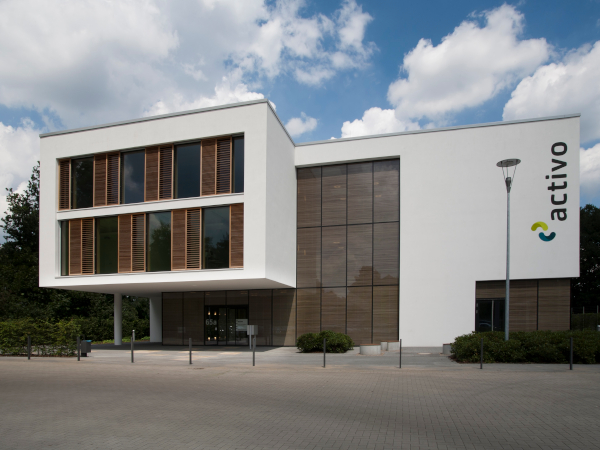
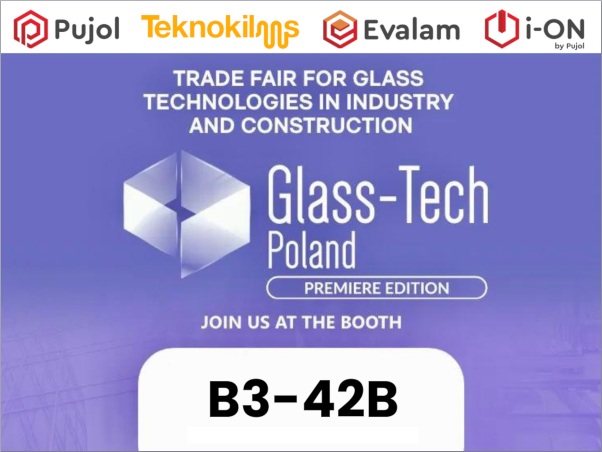





















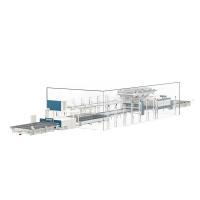
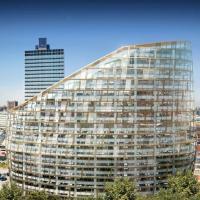

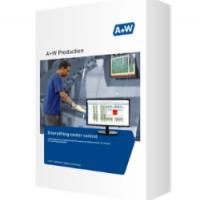
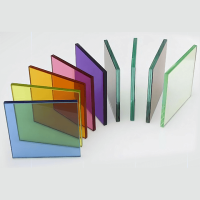

Add new comment